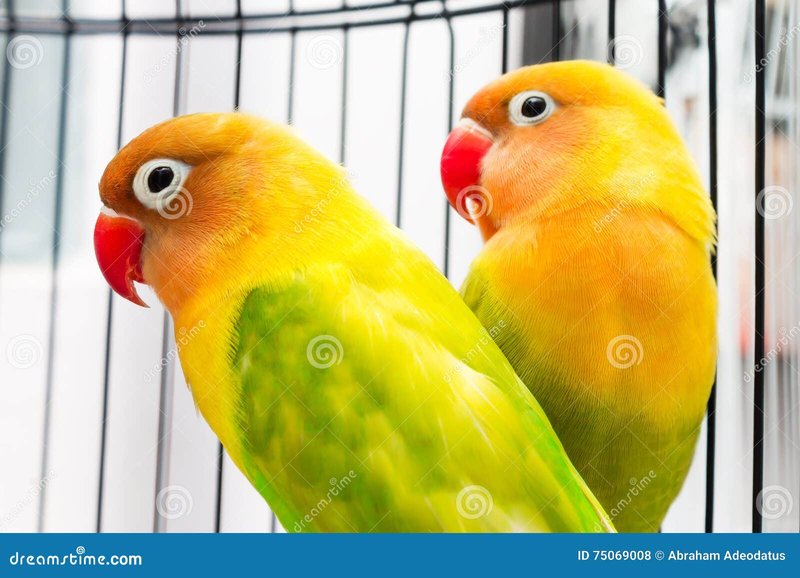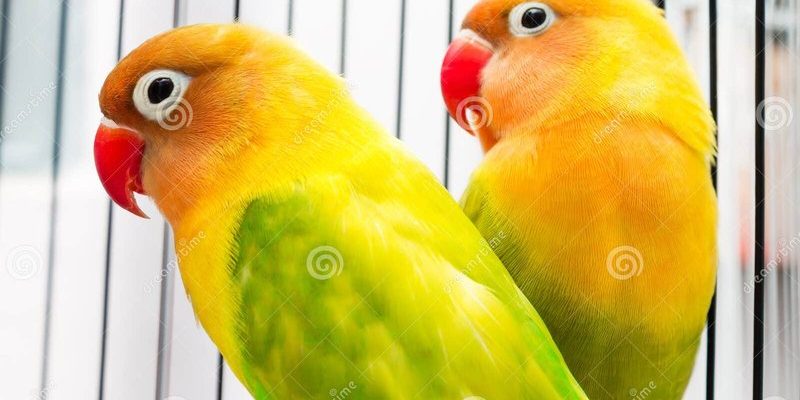
You might have heard the phrase, “Birds of a feather flock together.” It rings especially true for lovebirds. Keeping them in pairs not only helps them feel secure, but it also benefits their emotional and mental well-being. Sure, you can keep just one lovebird, but it might not be the best choice for their happiness. So, grab a cup of coffee, and let’s unravel the ins and outs of why lovebirds might just need a partner in crime.
Understanding Lovebirds’ Social Needs
Lovebirds are, as their name suggests, affectionate and social animals. In the wild, they live in flocks, where they bond closely with one another. Imagine enjoying a picnic with your closest friends — that’s how lovebirds feel in a group. They thrive on social interaction, and without a partner, they can become lonely and stressed.
These birds engage in activities that require companionship. They preen each other, play, and even share food. If you only have one lovebird, it might struggle to find the same level of interaction and mental stimulation. It’s like a kid without friends on the playground. Sure, they can play alone, but how much more fun is it with others around?
When you think about caring for a lovebird, consider their need for social bonds. Pairing them with another lovebird fosters a sense of security and happiness, which can lead to a more vibrant and playful pet.
The Risks of Keeping a Single Lovebird
Keeping a single lovebird can lead to a few challenges. First off, you might notice odd behaviors like excessive vocalization or feather plucking. These actions often stem from boredom or loneliness. Just like humans, lovebirds need social interaction to thrive — and when they don’t get it, they can get anxious.
In a solitary environment, your lovebird may not develop those crucial social skills. They might become withdrawn or aggressive towards you or their surroundings, which can be quite concerning. It’s truly heartbreaking to see a pet not living up to its full potential because they’re missing out on the companionship they crave.
If you’re set on having just one lovebird, you must provide plenty of interaction and stimulation. However, it’s a tall order to fill, and many owners find that even with their effort, the lovebird still seems a bit off.
Benefits of Keeping Lovebirds Together
Now that we’ve talked about the risks of keeping a single bird, let’s chat about the benefits of having a pair. For starters, two lovebirds will engage in behaviors that they simply can’t replicate alone. They will bond through preening, cuddling, and playing, which leads to a happier life for both.
You’ll also notice their energy levels seem to soar when they’re with a partner. Watching them chase each other around their cage or partake in mutual grooming can be quite entertaining. It’s like having your very own nature documentary right in your living room! Having a buddy nearby allows each bird to develop its personality while still feeling secure in its relationship.
Another bonus? Noise. Lovebirds can be pretty chatty. If you keep a pair, their vocalizations can blend into a delightful chorus, rather than feeling overwhelming as a solo act. It’s this companionship that helps them feel balanced and secure, which might even curb the excessive squawking that can occur when they’re lonely.
Choosing Compatible Lovebird Pairs
If you decide to bring home two lovebirds, compatibility is key. Not all lovebirds will get along, so it’s essential to consider their personalities. Some birds are more dominant, while others are more submissive. You’ll want to select a pair that complements each other’s temperaments.
There are different types of lovebirds, like the Peach-faced, Fischer’s, and Masked lovebirds, each with unique characteristics. Doing a little research on these breeds can help you find a pair that’s more likely to bond harmoniously. It’s akin to matchmaking — you want to find the right fit, so they’re happy together.
When introducing new lovebirds, it’s essential to take it slow. Start by letting them see each other from a distance, then gradually bring them closer. Observing their interactions will help you determine if they’re getting along well. Just like humans, some friendships blossom quickly, while others might take time to develop.
Housing Requirements for Lovebird Pairs
If you’re keeping lovebirds in pairs, their living space must accommodate their social needs. A larger cage is vital, as it allows them the freedom to move around, play, and bond without feeling cramped. Consider a cage that’s at least 24″ x 24″ x 36″ or larger.
Including plenty of toys, perches, and climbing areas will make your lovebird’s home more dynamic. They enjoy swings, ladders, and even chew toys to keep them entertained. This setup not only encourages their playful nature but also allows for social play between them.
You should also establish separate feeding and drinking areas to minimize competition and stress. Even though they’re friends, it’s crucial to ensure they both have access to food and water. In essence, treat their cage like a shared apartment where both bird buddies can hang out comfortably.
In summary, while it’s possible to keep a single lovebird, they truly thrive when kept in pairs. The companionship they provide each other leads to happier, healthier birds, and it’s a joy to witness their antics together.
So, if you’re considering welcoming lovebirds into your home, think about adopting two. Just like good friends, these birds will provide warmth, joy, and companionship to one another—and to you, as well. Whether they’re snuggling together or chirping away, your home will be filled with life. Plus, you just might feel more content knowing they’re enjoying life to the fullest, together.

